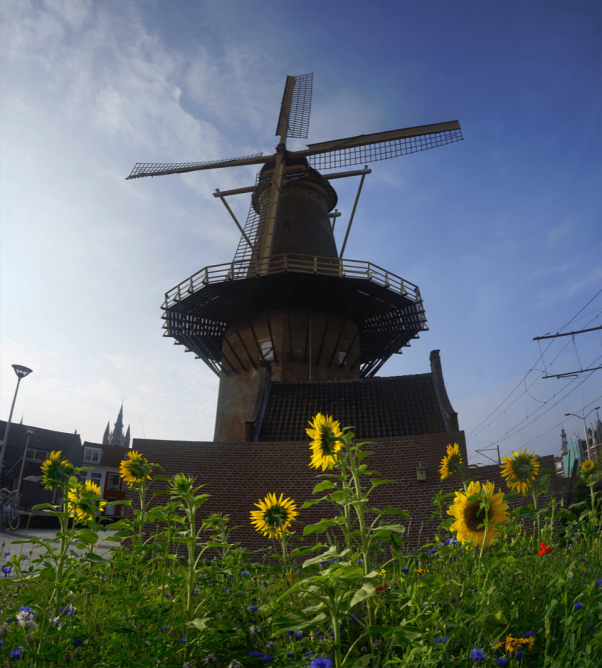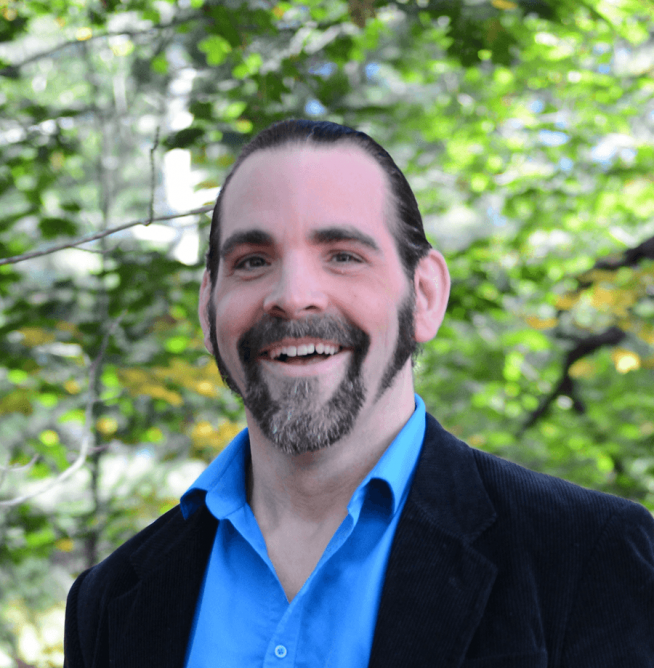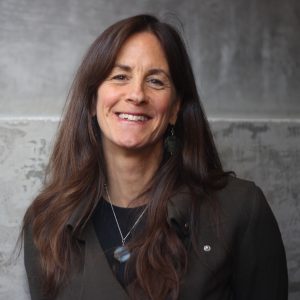Jeremy Faludi, Ph.D., LEED AP BD+C, is a sustainable design strategist. He was an assistant professor at Dartmouth College and has taught green product design at Stanford and elsewhere. He has contributed to six books on sustainable design, including Worldchanging: A User’s Guide for the 21st Century, and co-authored the Autodesk Sustainability Workshop. He prototyped the first version of AskNature.org for the Biomimicry Institute, created the Whole System Mapping sustainable design method, and a bicycle he helped design appeared in the Smithsonian Cooper-Hewitt Design Museum’s 2007 exhibit “Design for the Other 90%”.
I recently caught up with Jeremy and here’s what he shared.
You’ve been so many places in the past few years! Tell us about your journey and where you are now.
Dartmouth | Well, Dartmouth is a great school, but it’s also extremely isolated. The nearest city with a population greater than UC Berkeley’s student body was Boston, a three-hour bus ride or two-hour drive away, and I had a hard time with that. I had to buy a car to live there, which I hadn’t had in almost a decade.
But Dartmouth is really trying to build sustainability in its engineering department, because many students care about it. They made amazing resources available to me there, and that enabled me to do work I’m proud of.
Delft | Now, I just started at the Technical University of Delft in the Netherlands. It’s a big engineering school, and one of the biggest design schools in the world. I also think it’s the best school in the world for green product design, so it’s a real honor to be here. They’ve had people earning PhDs in design for sustainability since the 1990’s! And they already had six full-time faculty teaching green product design before they hired me. That’s more than Stanford has for their whole design faculty, nevermind sustainability.
It’s an amazing candyland of green design here! They even have classes on ethics and value-centered design; they created the United Nations’s guide to green design a decade ago; they’re leaders in several fields, from design for repair to design for biomaterials to design for developing countries. There’s so much going on, and they have such deep expertise.

And that’s just the work environment; living in the Netherlands is also a candyland of sustainability, from bicycles dominating roads instead of cars to health insurance that costs about 1/10th what it does in the US to the country having the second lowest income inequality in the world. There are a lot of lessons the US could learn from here.

What is the most exciting thing you’re working on now?
I’m still getting settled, just started work. It’s super-exciting just to be meeting the other faculty here to see where we might collaborate. I’m also wrapping up projects back at Dartmouth: A paper describing what makes green 3D printing materials more or less printable, to hopefully help people discover new and better materials with less trial and error. A collaboration with several other academics in the Design Society, writing a roadmap for research needed to bring green design methods to the next level and integrate them in industry practice. Joining the Design Society’s steering committee on sustainable design interests. And trying to put out an LCA-based design guide website.
What has been your proudest moment in sustainable design so far?
Gosh, that’s hard to say. Recently, I’m very proud of inventing green 3D printing materials that reduced print energy 75%, reduced embodied material impacts over 80%, reduced toxicity greatly (but it’s hard to quantify), increased resource circularity by being dissolvable in water, and did all that at half the cost of normal ABS extrusion filament.
Historically, I’m proud of what’s now AskNature.org. I’m also proud to have catalyzed Google Maps doing transit directions. (It probably would’ve happened eventually, but a Worldchanging post of mine started it.) I think I’m most proud of the Autodesk Sustainability Workshop, which has had over 4.5 million views from over 140 countries around the world, and is used in many top university classes (including MCAD!)
[Note: You can access this via our FREE “mini-course” called Whole System Mapping for Delivering the Good Life]
What work or projects are you looking forward to?
I’m looking forward to lots of things, like taking green 3D printing materials to the next level—right now, as wonderful as they are, they’re still not as mechanically strong as ABS, and don’t have quite the print quality. I’m also looking forward to changing the way we use and teach green design methods, to deconstruct them into components and rebuild them into more useful and inspiring tools that designers actually use in business. And I look forward to being surprised by new opportunities that present themselves here in Delft.
What advice do you have for our students and potential students?
Two things: First, understand business models for sustainable design, and how to sell your ideas to business people. I’m not a business-minded person myself, but most of the highest-impact sustainable design decisions get made by managers and executives before the design team even gets hired. (For example, is it a product or a service.)
And second, don’t fear failure, try to do what you believe in. I’ve failed tons of times, and the list of projects I’m not proud of is far longer than the list I’m proud of. It’s best to manage failure so you can learn from it and do great later, rather than being derailed by it. The classic mantra “fail early, fail often” means try a lot of small cheap things and learn before committing many resources. And do the same thing in life, too. You’ll be happier and more fulfilled when you jump into things (like moving to a foreign country) despite them being scary and possibly failing, as long as you know they’re things you care about.
Thanks for sharing with us, Jer!
~Denise
If you’re interested in doing what you believe in or being happier and more fulfilled in your life, explore our fully online MA in Sustainable Design program!

